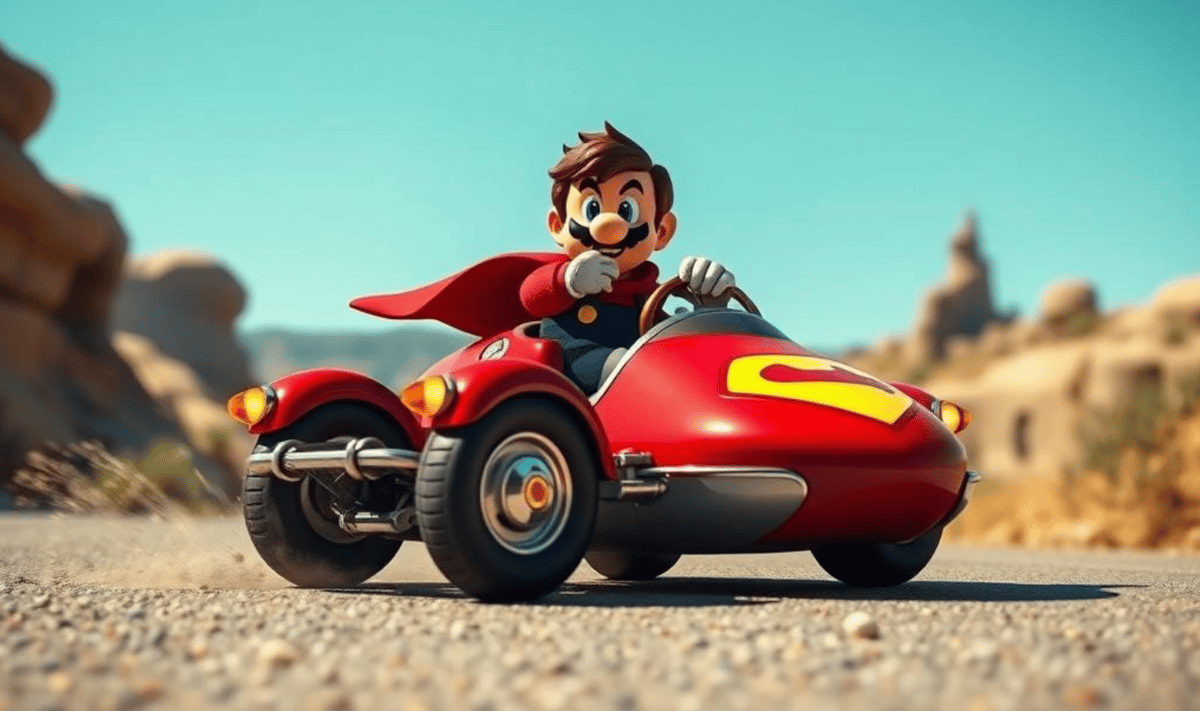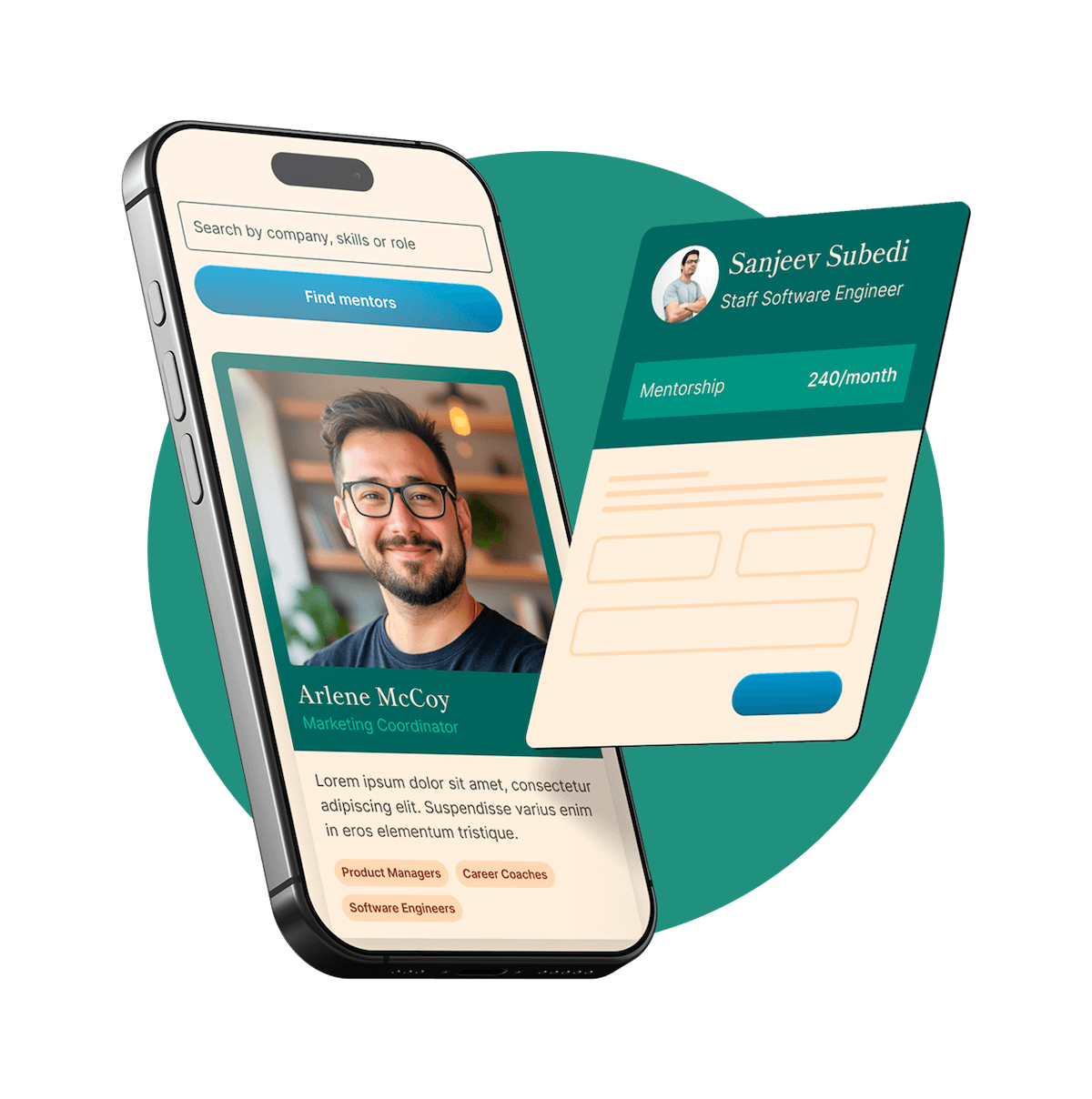
If you are on social media or LinkedIn, you must have seen people sharing their experience with the latest Nano Banana image generation tool by Google. What's outstanding about Nano Banana is that it can generate images without distorting the features of the person, which other tools are still struggling with. This has opened up a lot of use cases, including advertising, and that's what we're going to cover today.
Since 2023, more and more advertisers have started using AI tools for advertisement. Initially, it was controversial to audiences, but if you watch YouTube, you would probably note that 80% of the ads have at least some frames produced by AI. Yet when I talked with brand owners, many are still very hesitant about using AI for video generation because:
This might be true, and could still be very valid for at least a period of time, I won't lie. However, that doesn't mean that AI is not ready for video production. In fact, AI generated videos might perform even better than traditional ads. Today I would like to share some examples to offer some new perspectives on thinking about AI ads, and of course end with some strategic advice and tips.
While many are criticizing AI for its flaws and misrepresentation of society, Dove has taken a unique perspective. By using AI to demonstrate how it can be programmed to generate "real beauty," Dove reinforces its core brand values and deepens emotional connections with its target audience. The ad’s powerful brand promise to "never use AI to create or or distort women's images" is a safe and politically correct strategy that minimises negative PR and positions the brand as a leader in ethical AI use.
I really love this one. Instead of using AI to simply produce the video, the team has leveraged AI’s unique capabilities to spark imagination. The team used AI models to capture the distinctive artistic styles of masters like Van Gogh and apply that to animate the characters, bringing the impossible to life. This ad beautifully demonstrates a hybrid collaboration between filmmakers and AI tools, which can push creative boundaries and create visuals that would have been extremely resource-intensive with traditional animation and VFX alone.
This ad has a lot to learn from. The video builds a powerful emotional narrative before it ever reveals the product. By presenting a philosophical choice "red or green" and using visuals of astronauts and race car drivers, the ad creates suspense and taps into the viewer's emotional desire for excellence and success. The product is not a central character in the story; rather, it is presented as the ultimate answer to the emotional question posed by the ad. This demonstrates how marketers can leverage AI-generated visuals to create a powerful emotional hook that leads to a compelling product call-to-action.
This one is going to be controversial, but it definitely captured attention. The whole video is a collage of different bizarre scenes generated by AI. The visuals are chaotic and surreal, and the plots make no sense, all culminating in the end card "The world's gone mad, trade it." While many may not enjoy the ad, it succeeds in grabbing attention, which is incredibly difficult in today’s crowded media landscape. This style is on the absolute extreme of the spectrum and would only be approved by leaders or companies with a bold, experimental brand image.
https://x.com/minchoi/status/1947141905910771855
This viral video, which is a fake ad for Ikea, has generated a lot of buzz. What’s special is its use of JSON prompting, which achieves high precision and consistency, allowing for a perfectly executed, fantastical concept. The "unboxing" concept is broadly applicable to many brands and products, and because it was created with AI, the process was fast and cost-effective. While it may not evoke deep emotions like the other examples, it serves as a great case study for brands interested in trying out quick, high-precision AI ads that are designed to go viral.
I hope these videos are able to give you a fresh perspective on how far AI videos could go for advertisement. What's common among these videos is that they have taken an entirely different approach to AI ads as contrasted with traditional video production. It's not simply a replacement of traditional ads in the name of cost-cutting, but a rethink of the advertising strategy. If you are interested in making AI ads, here are my recommendations:
Use AI ads to generate awareness - there are different purposes for an ad: awareness, consideration, purchase intent & favorability. AI ads are best suited for awareness because of its ability to generate cinematic frames; another use case would be using AI to generate different versions of the same ad for better personalisation.
Be creative - this is true for all types of video production, but especially important in the age of AI. Think out of the box and surprise your audience.
Let go of your common sense - I know it is hard and risky for some, but from how the Italian brainrot on TikTok went viral to the Kalshi ad we watched, we are in a world with young audiences who sometimes appreciate a mix sarcasm, nonsense and absurdity.
Justify the use of AI - Audience could guard up when they think that this is “just another AI ad to replace human workers”. Convince people that you use AI not only for cost-cutting, but for wild ideas, imagination, crazy CGI that couldn't be made possible with traditional videos, and associate the values with your brand or products.
Hybrid approach - If you sell products, chances are AI tools might not be able to generate a video that can capture details as easily as your own camera. Combine AI-generated frames with traditional product shots at the end of the video to generate effective call-to-action.
Use a mix of AI tools - Use a mix of AI tools including Veo3 or Runway for AI video, Sunos for AI music, Elevenlabs for voiceover, Midjourney for images, and Gemini for prompts. Combine different visuals together to add depth to the video.
Think your metrics - Always think about the metrics you are after before jumping onto the production, because that hugely influence your video strategy. For example, if you are focusing only on purchases, then a out-of-the-box hero video might not be serving your purpose.
This is an interesting space that is actively evolving, and I had so much fun in the process. If you are new to AI video generation, check out these videos which I found really useful:
Any other groundbreaking AI ads you have watched? How have you been utilizing AI tools for your ad assets?
Thank you for reading until the end :) I'm Loretta, and I've spent the past decade at Google working with thousands of customers all over the world. My work spans digital marketing, business transformation, strategic partnerships, program management, and app development.
I believe AI will empower individuals more than ever, and I'm here to translate my decade of experience into simple, actionable advice to help you achieve your goals. I post bi-weekly about digital marketing tips, industry updates and best practices.
Want more tips like these? I offer 45-minute strategy sessions to help founders scale their businesses, or cover specific challenges such as career development, getting into tech etc. Book a free introductory call with me.
And if you still haven't, check out my free Ultimate Digital Marketing Metrics Glossary 2025 and Beginner's Guide to Digital Marketing Strategy.
Find out if MentorCruise is a good fit for you – fast, free, and no pressure.
Tell us about your goals
See how mentorship compares to other options
Preview your first month
